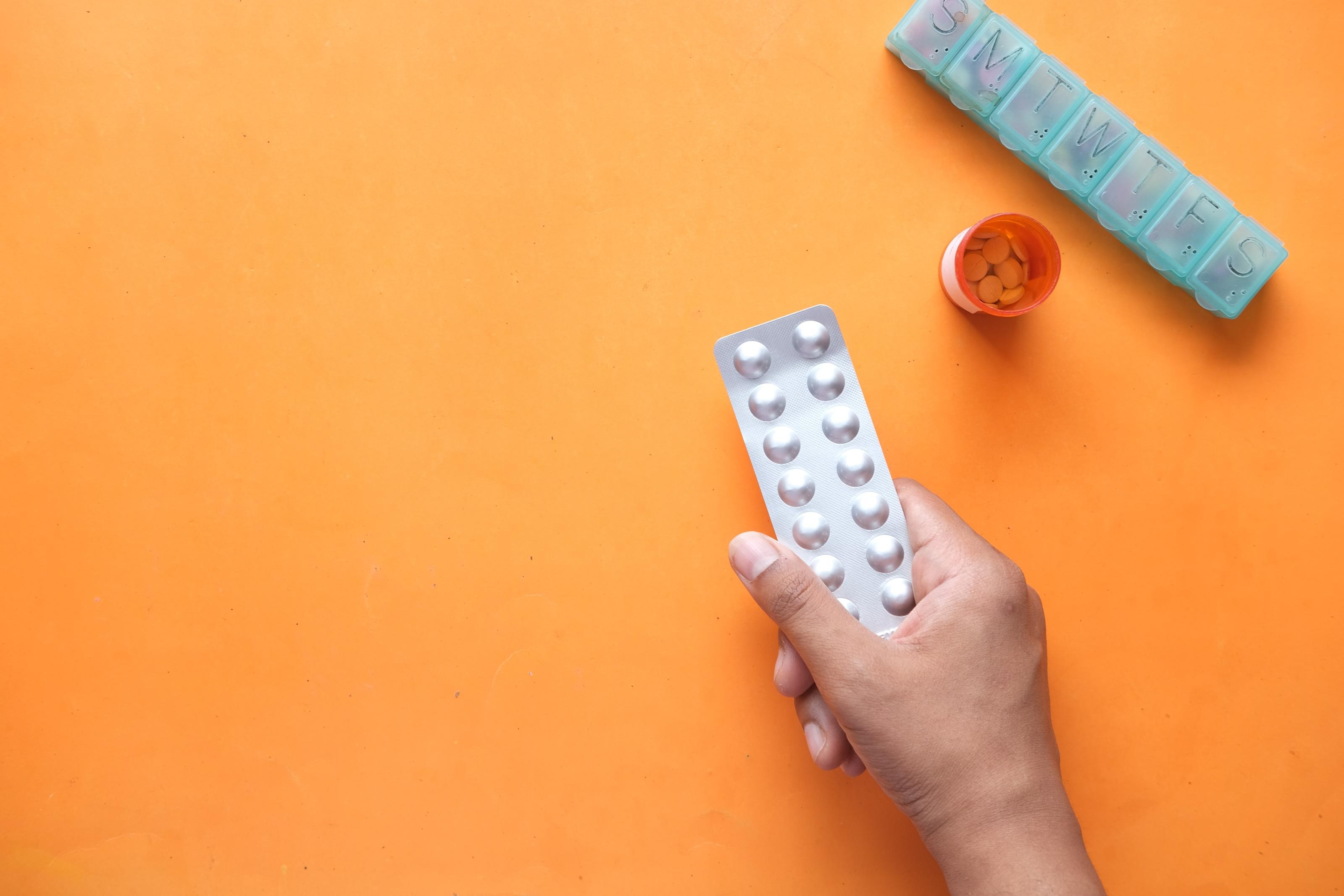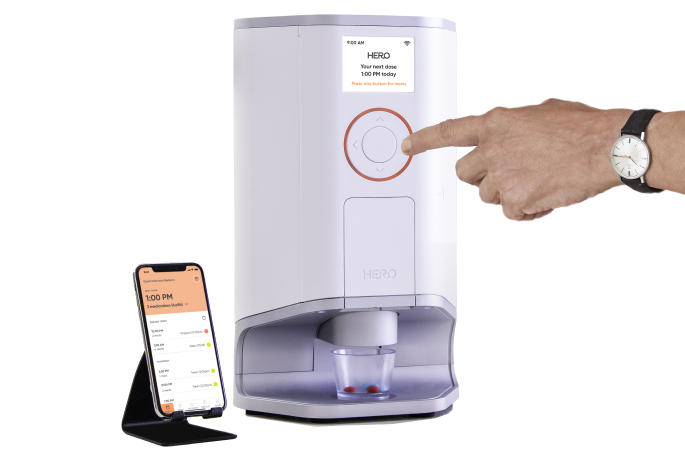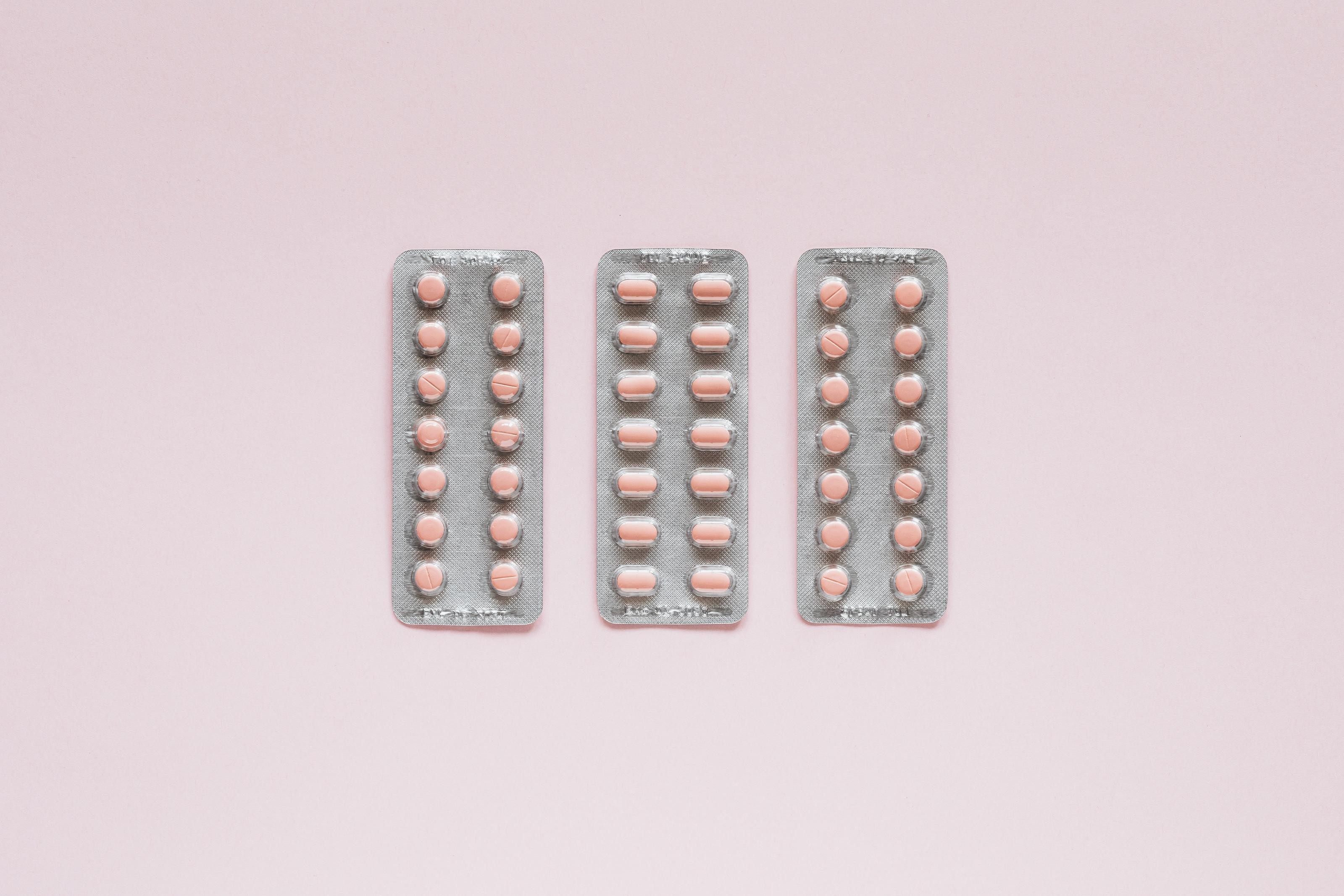Medication dispensing systems: how payers, providers, and pharmacies can boost adherence

Every day, our healthcare system is disrupted by a national medication nonadherence crisis.
The lack of medication taken as prescribed accounts for around $100 billion in avoidable hospitalizations per year, as well as $310 billion in patients’ out-of-pocket costs.1 This crisis must be addressed, as improved adherence can help prevent chronic disease progression and reduce the rates of preventable hospitalizations and deaths.2 Even a 10% increase in medication adherence can drop emergency room visits by 11% and avoidable hospitalizations by 6%!6
The good news is that payers, providers, and pharmacies are actively trying to eliminate barriers to adherence through patient engagement. But with significant time, budget, and resource constraints, how can these stakeholders best support their ever-growing patient base?
Smart medication dispensing systems may be the answer.
Reasons for medication nonadherence
Medication nonadherence is a complex, multi-faceted issue. Some of the main reasons why patients do not take their medications as prescribed are:
- Low levels of health literacy
- Not knowing what a medication is for
- Forgetting when or how to take meds
- Greater complexity when juggling several medications
- High medication costs
- An aversion towards medication due to fear of side effects, a general dislike for swallowing multiple pills, or other misinformation.3,4,5
Types of medication dispensing systems available for payers, providers, and long-term care facilities
As their name suggests, medication dispensing systems help patients, caregivers, and care providers organize and dispense medications. They range from simple plastic boxes with pill organizer compartments to automated, connected devices offering a full suite of medication management services.
Choosing the right medication dispensing system for your patients can greatly help their adherence rates and overall health outcomes. So, let’s go through your options:
First-generation automated medication dispensers
First-generation automated dispensers are standalone devices that are not connected to an app or other digital platform. Patients or caregivers can sort and fill their prescriptions in various compartments, and set reminders and alerts.
Automated dispensers can often manage a large number of pills at the same time, reducing the risk for frequent refills and the manual errors that can come with them (e.g. when using a pill box). They also have alarms that can be set for various times of the day to remind patients and caregivers to dispense their medications. People who take multiple medications or care staff in senior living facilities may find automated dispensers a very helpful technology for medication management.
There are several limitations to first-generation automated dispensers. While they do offer high-level pill counts, these standalone dispensers cannot provide insight into how often and/or how many pills have been dispensed throughout the day. Payers, care providers, and pharmacies looking to improve medication adherence rates through patient engagement will also not find these types of automated dispensers useful. For one, these groups cannot use first-gen dispensers to monitor patient adherence in real time because they do not have sensors for continuous remote monitoring. Patients, caregivers, and staff are still responsible for picking up prescriptions and refills on time, sorting pills, and filling the various medication-dispensing compartments. Plus, these dispensers still leave room for dosing errors if patients or busy staff members in care facilities cannot remember if they have already dispensed the right meds at the right time.
Smart automated medication dispensers with apps
Due to innovations in sensor-based tracking technology, the world of healthcare is experiencing an influx of connected remote monitoring technology. These devices, known as smart medication adherence products (sMAPs), are embedded with intelligent remote patient monitoring software to accurately track patient adherence.
sMAPs help dispense medication with timely reminders and alerts, but their most attractive feature is their continuous data-sharing communication loop. With the use of connected apps, devices can notify patients, caregivers, and healthcare providers in real-time about missed medication, low pill counts, and much more. Using data from sMAP devices, healthcare providers, payers, and pharmacies can track and report adherence rates more accurately, so they can make appropriate prescription adjustments and perform timely interventions to learn where patients are facing challenges sticking to their regimen.
While these devices allow stakeholders to effectively engage with their patients, a few challenges remain to be solved. For one, smart automated medication dispensers are more expensive than pill boxes. However, providers who furnish data for CMS’s (Centers for Medicare & Medicaid Services) RPM (remote patient monitoring) and RTM (remote therapeutic monitoring) can weigh the cost against the benefits of real-time data-driven insights.9,10
Moreover, many smart automated medication dispensing systems do not help address nonadherence when the issue stems from inconvenience for the patient. People with busy work schedules, or older adults with various impairments may still find it difficult to collect their prescriptions, sort them, and fill these devices’ containers on time. Busy caregivers or staff in senior care facilities may also face difficulties troubleshooting these devices without adequate customer support.

Pill boxes as dispensing systems
While there are high-tech options available, some care providers still use pill boxes to help organize and dispense medication. It’s easy to understand why: pill boxes are easy to use, inexpensive, and available in a variety of sizes. Some even come with simple alerts to remind nursing staff or attendants when it’s time for a dose.
In today’s world of value-based care, however, traditional pill boxes do not provide the data required to help improve medication adherence and minimize medication errors.
Currently, pill boxes offer no way to track dispensing errors and skipped medications. Long-term care facilities and senior care facilities also can't know when and what meds were dispensed by staff members throughout the day.
What providers need are automated medication dispensing systems that reduce the potential for manual errors by making it easy for caregivers to:
- Automatically organize and dispense the right pills at the right time
- Track pill counts
- Provide real-time reminders and alerts about skipped meds and wrong doses
- Reduce delays in picking up or receiving refills
- 24/7 customer support to help troubleshoot any issues or answer any questions
Automated medication dispensing systems with a full suite of services
All-access medication dispensing systems like Hero are the next generation in medication adherence tools.
Hero offers hassle-free, at-home medication management with a smart, supportive ecosystem of care. Our service includes a sleek smart medication dispenser that:
- Stores up to a 90-day supply of 10 different medications
- Automatically sorts and dispenses the right pills at the right time
- Tracks medication dispensing through customized adherence reports
- Sends real-time alerts, reminders, missed-dose, and low-pill notifications to patients, caregivers, through the Hero app
- Integrates with AdhereRx to offer patients automatic refills with free delivery
- Has 24/7 live support via email, phone, or chat
Reports and alerts generated by Hero can offer data-driven insights into patient nonadherence in real-world settings. Some providers may even be able to use Hero to engage and monitor patients for their reimbursable Remote Therapeutic Monitoring (RTM) and Chronic Care Management (CCM) requirements. Long-term care and senior care facilities can also use Hero to reduce dispensing errors and inaccurate reporting.
Payers who encourage their providers to offer Hero as a solution to reducing medication nonadherence for chronic diseases can drive real value-based care, higher Stars ratings, member satisfaction scores, and overall improved member health.
Sources
1. Wantuck, J. (2019, November 1). Three groups that should consider moving medication management online. Forbes. Retrieved from: https://www.forbes.com/sites/forbestechcouncil/2019/11/01/three-groups-that-should-consider-moving-medication-management-online/?msclkid=7876cf14b57611ec9ec2356870e70c79&sh=5b77c675178f
2. Kleinsinger, F. (2018). The unmet challenge of medication nonadherence. The Permanente Journal, 22. doi:10.7812/tpp/18-033
3. Khan, R., & Socha-Dietrich, K. (2018). Investing in medication adherence improves health outcomes and health system efficiency: adherence to medicines for diabetes, hypertension, and hyperlipidaemia. https://www.researchgate.net/profile/Rabia-Khan-21/publication/326440511_Investing_in_medication_adherence_improves_health_outcomes_and_health_system_efficiency_Adherence_to_medicines_for_diabetes_hypertension_and_hyperlipidaemia_httpstinyurlcomybo3qg3w/links/5cdcb210a6fdccc9ddb1fa90/Investing-in-medication-adherence-improves-health-outcomes-and-health-system-efficiency-Adherence-to-medicines-for-diabetes-hypertension-and-hyperlipidaemia-https-tinyurlcom-ybo3qg3w.pdf
4. Miller, T. A. (2016). Health literacy and adherence to medical treatment in chronic and acute illness: A meta-analysis. Patient education and counseling, 99(7), 1079-1086. https://www.ncbi.nlm.nih.gov/pmc/articles/PMC4912447/
5. Improving medication adherence Tailored approaches may boost potential for success. (n.d.). Deloitte. Retrieved from: https://www2.deloitte.com/content/dam/Deloitte/us/Documents/life-sciences-health-care/us-dchs-medication-adherence-022516.pdf?msclkid=8914cb0cb66a11ec85961537e5b32865
6. Faisal, S., Ivo, J., & Patel, T. (2021). A review of features and characteristics of smart medication adherence products. Canadian Pharmacists Journal/Revue des Pharmaciens du Canada, 154(5), 312-323. https://journals.sagepub.com/doi/pdf/10.1177/17151635211034198
7. Gellad, W. F., Grenard, J. L., & Marcum, Z. A. (2011). A systematic review of barriers to medication adherence in the elderly: looking beyond cost and regimen complexity. The American journal of geriatric pharmacotherapy, 9(1), 11-23. https://www.ncbi.nlm.nih.gov/pmc/articles/PMC3084587/
8. Brown, M. T., & Bussell, J. K. (2011, April). Medication adherence: WHO cares?. In Mayo clinic proceedings (Vol. 86, No. 4, pp. 304-314). Elsevier. https://www.ncbi.nlm.nih.gov/pmc/articles/PMC3068890/?_escaped_fragment_=po=85.4167
9. Spalla, T. (2022). The Value of RPM Reimbursement. Datos-Health.Com. https://datos-health.com/blogs-articles/the-value-of-rpm-reimbursement/
10. Signallamp Health. (2021, December 30). 2022 Medicare CPT Code Reimbursements for Remote Patient Monitoring (RPM). Signallamp Health. https://signallamphealth.com/2022-medicare-remote-patient-monitoring-cpt-codes/
Complex med schedule? We solved it.
Hero’s smart dispenser reminds you to take your meds and dispenses the right dose, at the right time.

The contents of the above article are for informational and educational purposes only. The article is not intended to be a substitute for professional medical advice, diagnosis, or treatment. Always seek the advice of your physician or other qualified clinician with any questions you may have regarding a medical condition or its treatment and do not disregard professional medical advice or delay seeking it because of information published by us. Hero is indicated for medication dispensing for general use and not for patients with any specific disease or condition. Any reference to specific conditions are for informational purposes only and are not indications for use of the device.



